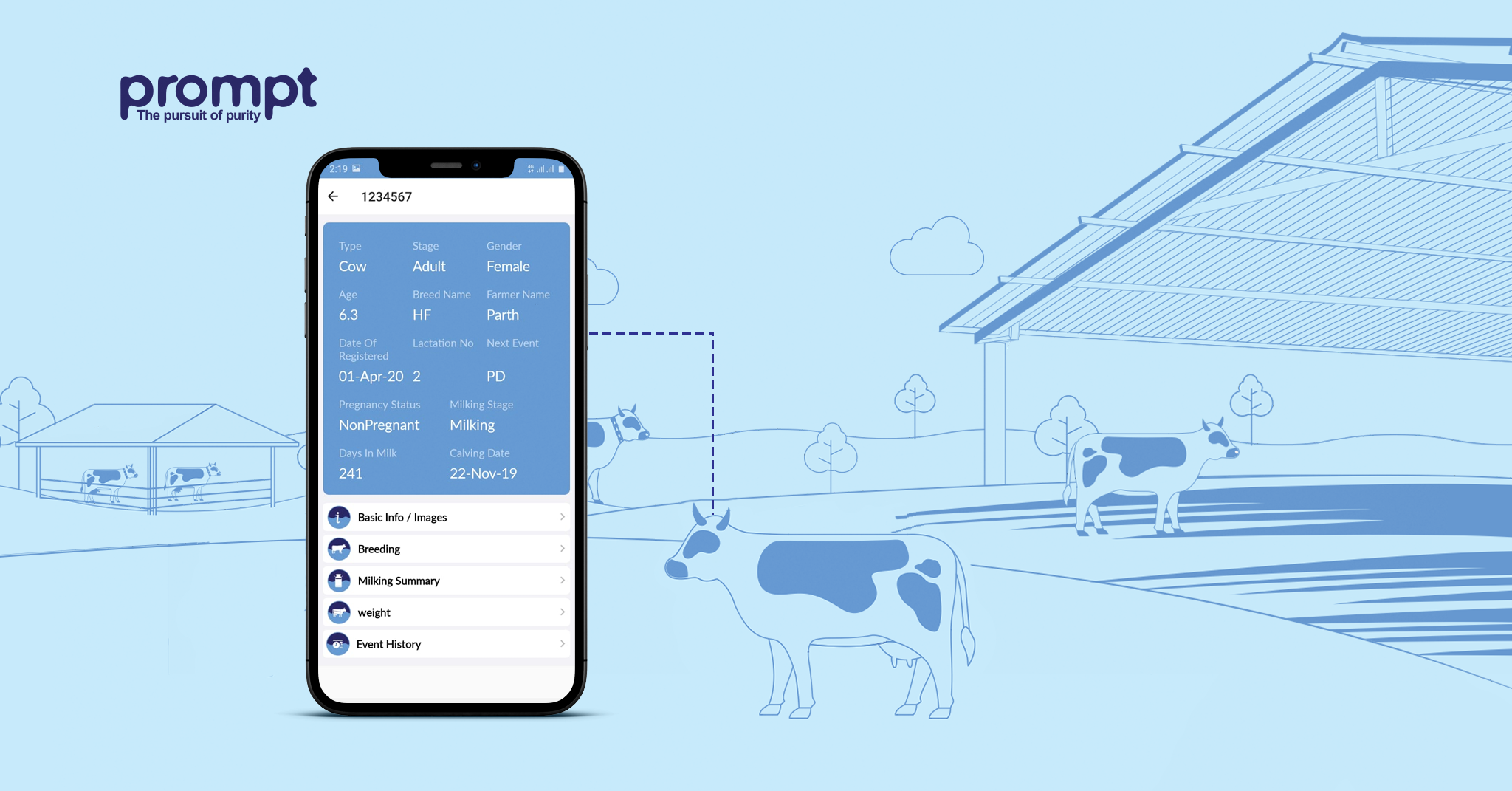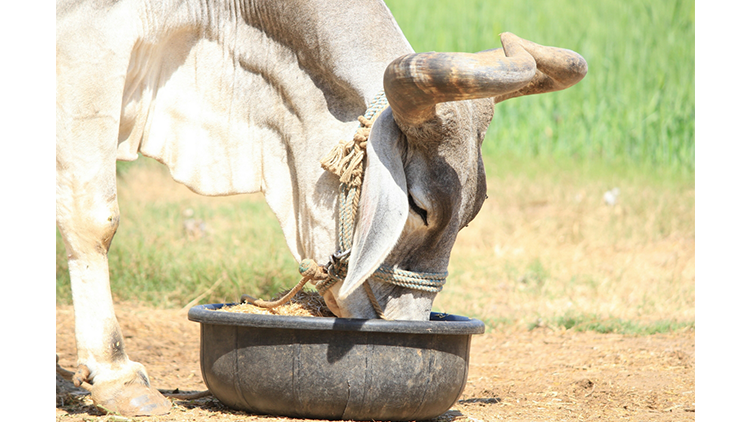Animals require ample quantity of food that is high in nutrition for steady growth, good health, and reproductive development. And dairy cattle is no different. Countries develop specific standards for cattle feeding and health maintenance through methodical experiments and careful observations conforming to the regional environmental conditions and topography. A particular set of feeding practices are developed suitable to each age-group of cattle. Hence, these standards should be followed for the best of cattle’s wellbeing and ensure cattle’s optimum productive performance. Besides, there’re several animal husbandry software available that suggest the best ration balancing program for your dairy cattle and help in maintaining daily feed records. Read up on some useful feeding practices for newborn & growing calves, and weaners.
Ensure that the calf receives colostrum soon after its birth, preferably within first six hours. The quantity of colostrum must be 10% of the calf’s body weight, approx. 3 liters. There might be instances when the calf is unable to receive the required amount of colostrum either due to the cow’s inability to produce enough milk or the calf is too weak to feed on the dam’s milk on its own. Hence, it is always recommended that a colostrum substitute is kept ready or frozen in advance that can be fed the calf in such cases within 24 hours.
- Ensure that the calf receives colostrum soon after its birth, preferably within first six hours. The quantity of colostrum must be 10% of the calf’s body weight, approx. 3 liters. There might be instances when the calf is unable to receive the required amount of colostrum either due to the cow’s inability to produce enough milk or the calf is too weak to feed on the dam’s milk on its own. Hence, it is always recommended that a colostrum substitute is kept ready or frozen in advance that can be fed the calf in such cases within 24 hours.
- A calf can absorb antibodies up to 36 hours after birth, post which it gradually loses absorption power. However, to at least produce local immunity in the rumen to fight against minor infections (if any), the calf must be fed colostrum within 4 to 5 days of its birth.
- It is advisable to maintain proper hygiene, and check the quality of colostrum after collecting it. The colostrum must not be obtained from an infected cow, either by mastitis or any other disease. If the colostrum quality is found to be appropriate, it can be stored and fed to the calf. Otherwise, it should be discarded.
- Feed the milk that is heated up to a temperature that can be stomached by the calf, between 35°C to 40°C, preferably below calf’s body temperature.
- The colostrum feeding must be replaced by milk or milk replacer, fed in 15% amount of the calf’s body weight for up to 3 to 4 times a day. Good quality milk replacers are available at reasonable prices which can be bought from the market.
- The quantity of milk or milk replacer must be gradually increased as each week passes by until the calf is nearing one month age. During the last week when the calf is 28 days or 1 month old, the calf must be fed milk in 20% amount of its body weight (4 liters at least). The milk or milk replacer must be high in nutritional value to suffice the calf’s daily nourishment.
- The calves must be gradually taken off the dam’s milk before weaning, typically over 5 to 15 days. During this time, the milk must be replaced by creep feeds that are high in protein content. Practicing creep feeding reduces weaning stress and allows the calf to grow at a rate approaching its genetic potential, thereby increasing weaning weight.
- All the weaned calves must have ample access to clean, drinking water round the clock. Their daily nutritional requirement must be fulfilled to achieve the targeted growth rate and body weight. Their health should be regularly monitored.
- Required animal husbandry information must be obtained before weaning the calves, and veterinary advice must be sought in case of doubt or lack of experience.
Close
Want to improve your dairy farming business and increase your farm profit? Check out our animal husbandry software to help you get it right!



